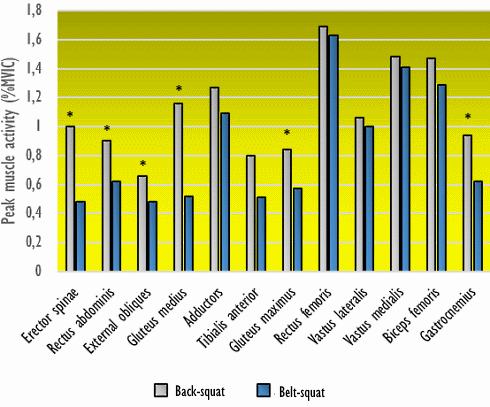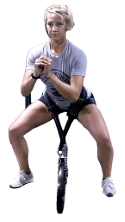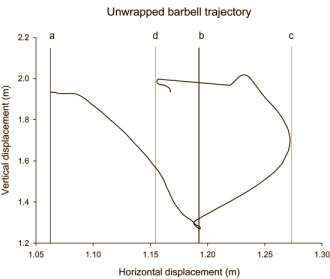|
This is the difference between the belt-squat and the back-squat
If you would like to squat, but have an injury somewhere in your midsection that makes squatting impossible, then the belt-squat might be an alternative option. American researchers at the University of New England come to this conclusion in the Journal of Human Kinetics.
Study
The researchers conducted an experiment with 10 experienced strength athletes, who had experience with both the regular back-squat and the lesser known belt-squat.
They placed electrodes on the athletes' skin, which could measure the activity of the muscles underneath, and then had the subjects squat with their body weight. The researchers then determined the extent to which both exercises activated the muscles in the athletes' lower body.
Results
The two squat versions activated the muscles in much the same way, but there were also differences. The belt-squat activated the muscle groups in the midsection, such as the abdominal muscle rectus abdominis, the lower back muscle erector spinae and the glutes, to a significantly lesser degree than the regular back-squat.

More information can be found in this table.
Conclusion
"Our results suggest belt-squatting provides similar muscular demands for the quadriceps, hamstrings, and plantar flexors, but is less demanding of trunk stabilizers, and gluteual muscles", write the researchers.
"Belt-squats may be a suitable alternative to back-squats in order to avoid stressing low back or trunk musculature."
Source:
J Hum Kinet. 2020 Mar 31;72:223-8.
More:
The single leg squat for the gluteal muscles, the split squat for the quads 26.11.2019
For glutes & hamstrings, single-leg squats are better than regular squats or stiff-leg deadlifts 26.03.2018
Hip thrusts good for footballers, front squats for basketball players 01.10.2016
Archives:
Resistance Training
Squats
|





